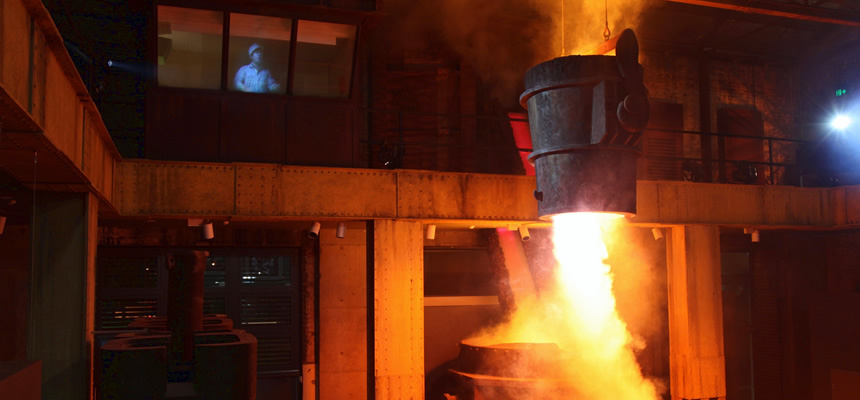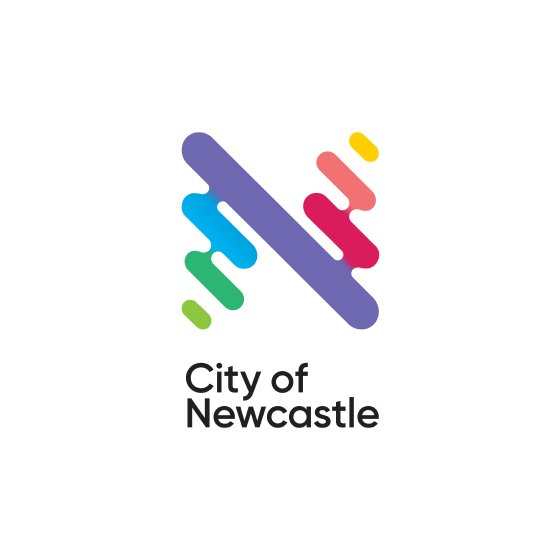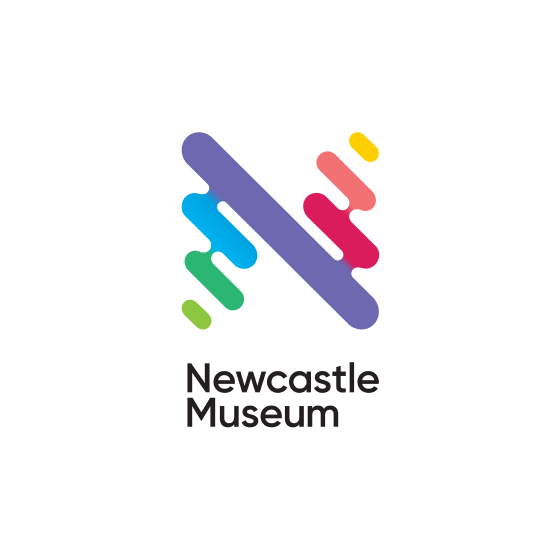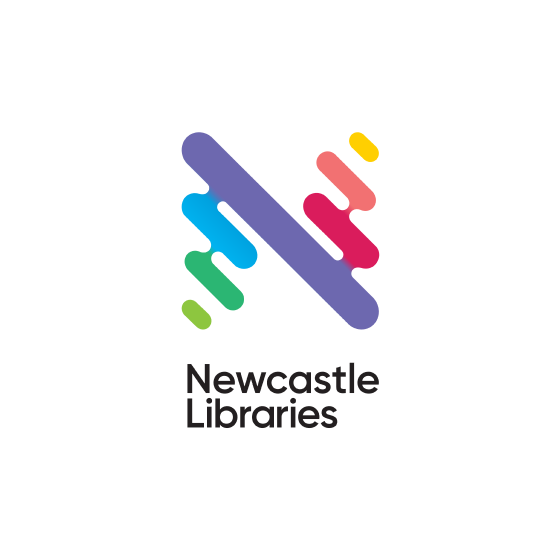Fire and Earth

Put on your hard hat and experience the heat, danger and hard work of coal mining and BHP steel production. This is not only a story of industry, it is a story of immigration, religion, resilience and family.
Two major industries have dominated the identity, landscape and people of the Hunter, Coal and The BHP. Fire and Earth combines the two industries in a stunning exhibition, just as they have always been intertwined and interdependent.
The BHP experience
[video courtesy Bruce Brown - Mental Media]
A dramatic audiovisual program which interprets the excitement, colour, drama and noise which is inherent in the steel making process.
The presentation, which runs on the hour, every hour, has a ghostly host. A somewhat grumpy 'Harry' greets visitors and invites them to stick around to watch an ingot pour which, everyone is warned, is going to be loud, hot and dangerous. Harry narrates the five-minute show explaining the steel making process which includes a steel pour from a prop furnace into a real ladle (one of the museum objects), a simulated ladle transit across the 18m wide room at ceiling height and finally a steel pour from the ladle into an ingot car (the second museum object).
To find out more about the BHP show you can read an edited version of an article from Newcastle AV Magazine by the company commissioned to design and build the show.
Steel the Show
In 2011, Mental Media was commissioned by The City of Newcastle to design, produce and install ‘a dramatic audiovisual program which will interpret the excitement, colour, drama and noise which is inherent in the steelmaking process’. All of this is to be achieved without anyone getting hurt, burnt or too dirty. An important part of the brief was to enliven the exhibition, expand the visitors’ experience and ‘help to interpret the very large objects on display in the exhibition’. In other words, to impress visitors with the size and scope of the steelmaking process. That was going to take some good, old-fashioned theatrical magic.
Object of desire
Mental Media proposed a major ‘object theatre’ production that provides a glimpse of the inside of a steelworks. It incorporates two giant objects that dominate the exhibition space – a former BHP steelmaking ladle and a ‘Bottom Fill’ Ingot Car, the container into which the molten steel is poured.
The gallery is designed as a multi-level theatre-style space that provides many different viewpoints. With the museum relocated into an existing heritage rail shed, the area already had a very high ceiling and gritty industrial finishes, thanks to decades of real use (the last owners obviously didn’t get their rental bond back). There was also a high-level mezzanine structure that could serve as the stage for the production.
Still, it was an old railway shed not a foundry, so as part of the concept development, Mental Media, sound designer Kevin Davidson and lighting designer Peter Neufeld made several visits to the real thing, the Bluescope steelworks at Port Kembla.
Here Kevin recorded hours of audio, while Mental Media collected hundreds of video and still images of modern day steelmaking all as further references for the museum production.
Peter Neufeld’s research concentrated on how he could properly recreate the myriad different lighting conditions in the foundry, from blinding flashes and glowing sparks to the comparatively gloomy corners, all with fixtures that would require little or no maintenance over a heavy and prolonged schedule of use.
Keeping it real-ish
Realistically reproducing the sounds and sights of a working steel refinery wasn’t going to be easy, and punters with a taste for authenticity are quick to dismiss a substandard presentation (something we can probably blame on James Cameron and his gazillion-dollar movie budgets). The day-trips to the steelworks revealed that Basic Oxygen Steelmaking (BOS) assaults the senses. It is extremely loud, fiery, smoky, dusty, hot and dangerous.
Mental Media’s first and major concern when planning the production was safety. Certain effects such as live flames, pyrotechnics and sparks would be spectacular and given the nature of the display, possibly even expected by the audience, but doing these properly was going to be at odds with the safety of the visitors. The additional restrictions of limited staff availability and the operating costs of such an intensive display was destined to cause budget problems, so Mental Media ruled them out at an early stage.
There’s something about Harry
Instead, the show entitled Big Harry’s Place uses very theatrical sound, lighting, vision and mechanical effects to create an absorbing, up close experience of a steel pour.
The presentation, which runs on the hour, every hour, has a ghostly host – Harry himself. Using the control room windows as the screen for a Pepper’s Ghost-style effect, a somewhat grumpy ‘Harry’ greets the visitors and invites them to stick around to watch an ingot pour which, everyone is warned, is going to be loud, hot and dangerous. Harry narrates the five-minute show explaining the steel-making process which includes a steel pour from a prop furnace into a real ladle (one of the museum objects), a simulated ladle transit across the 18m wide room at ceiling height and finally a steel pour from the ladle into an ingot car – the second museum object.
Of course, molten steel and 19th-century workplace practises aren’t alarming enough, so the moving ladle does experience a small glitch during the transit to suddenly shudder, drop and begin to swing treacherously with jets of smoke shooting from the bottom, alarms sounding and lights flashing as a dreadful accident threatens to engulf everyone in a fiery death – good luck calming the kids down after that. Perhaps Harry needs some retraining.
Five major components combine to produce the effects – mechanical, sound, lighting, video and smoke. Of course, some impressive scenery and props building creates the stage for the whole event.
The end result is a spectacular show that’s a credit to production values of old – different technologies and skills both old and new combining to create an illusion not just of sights and sounds, but heat and hazards, too.
As Harry says, “it’s loud, hot and dangerous”. Thanks for the warning, Harry.











